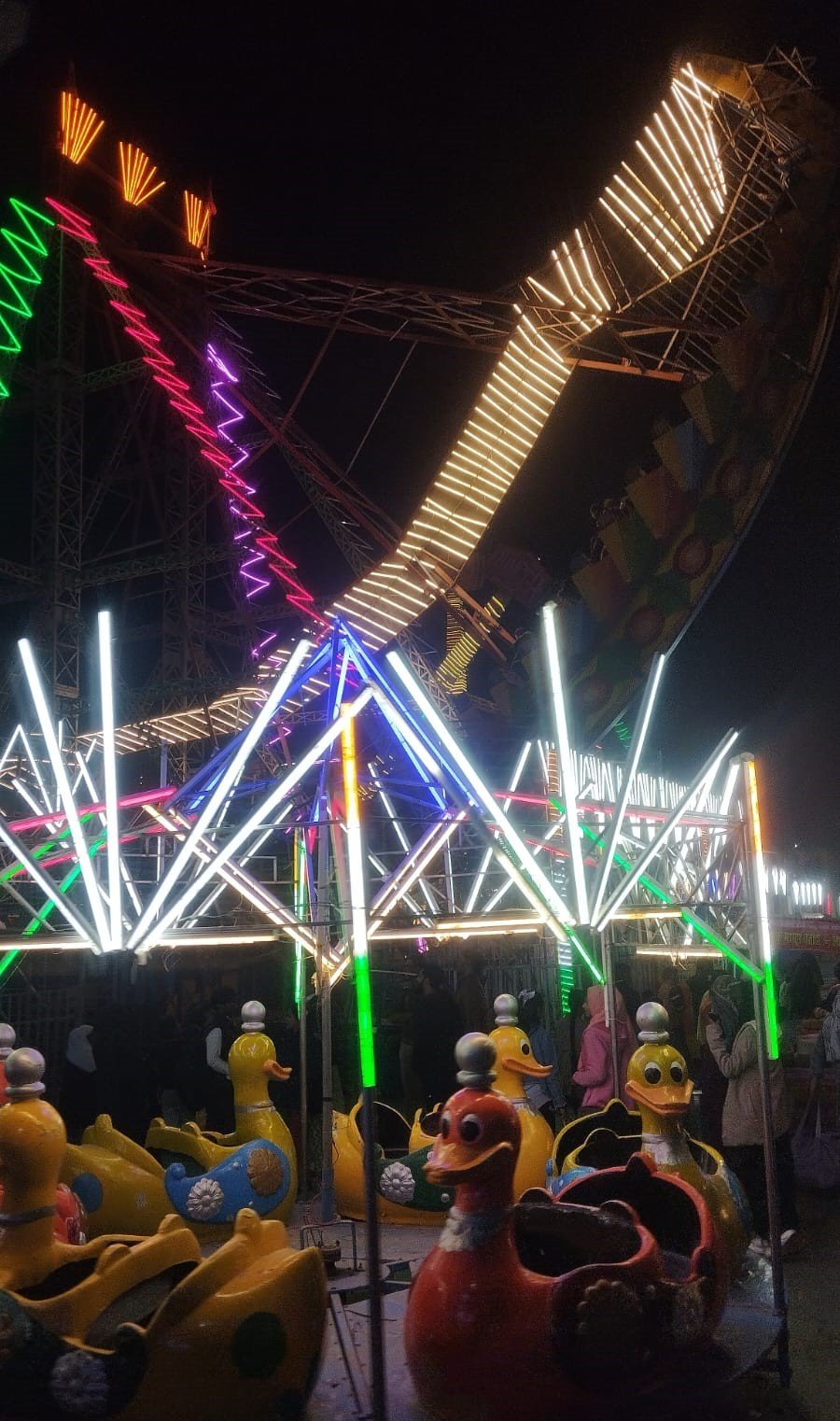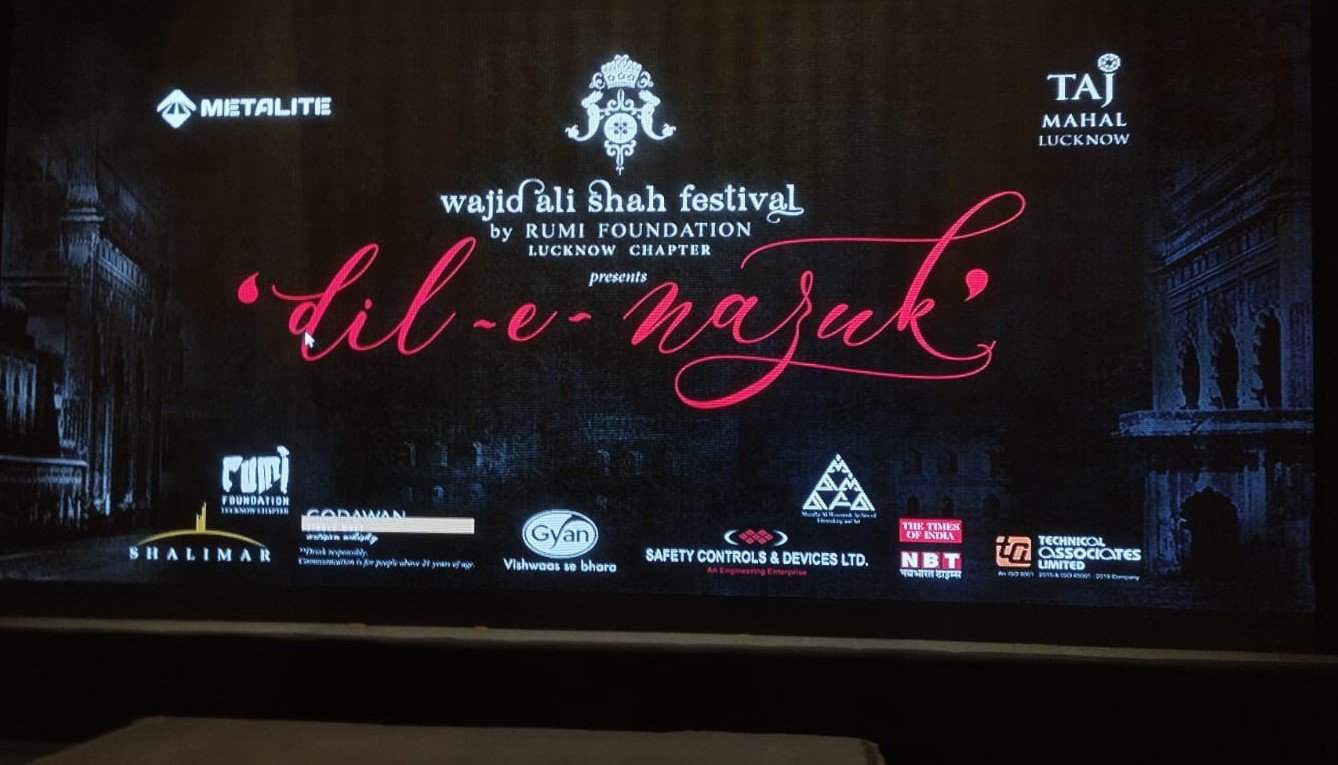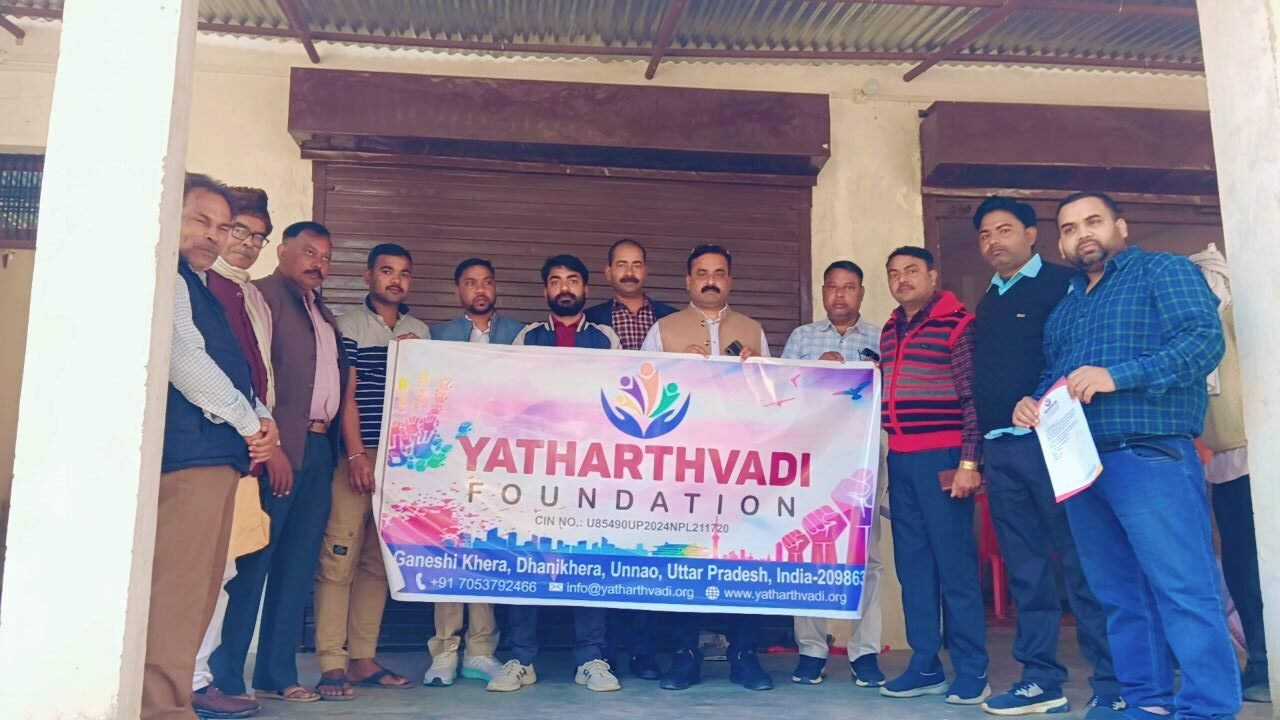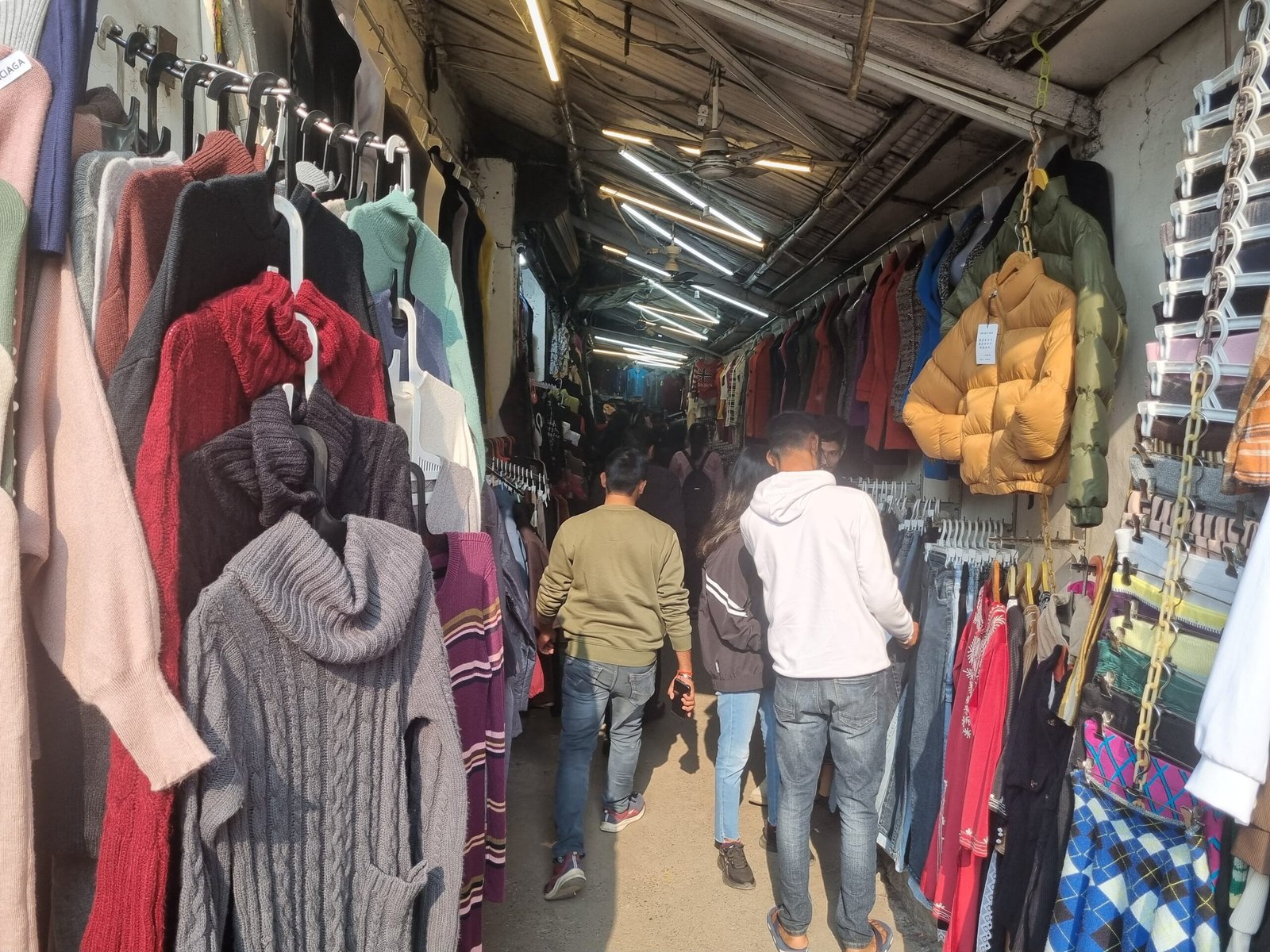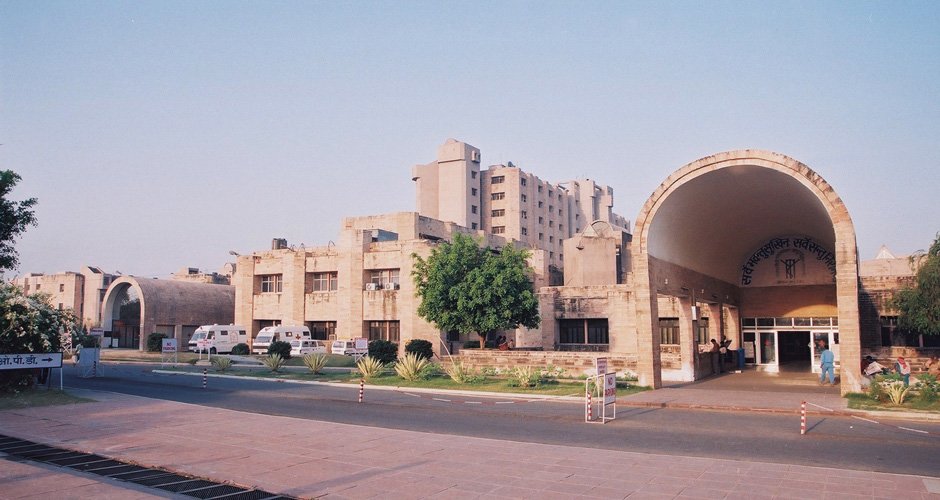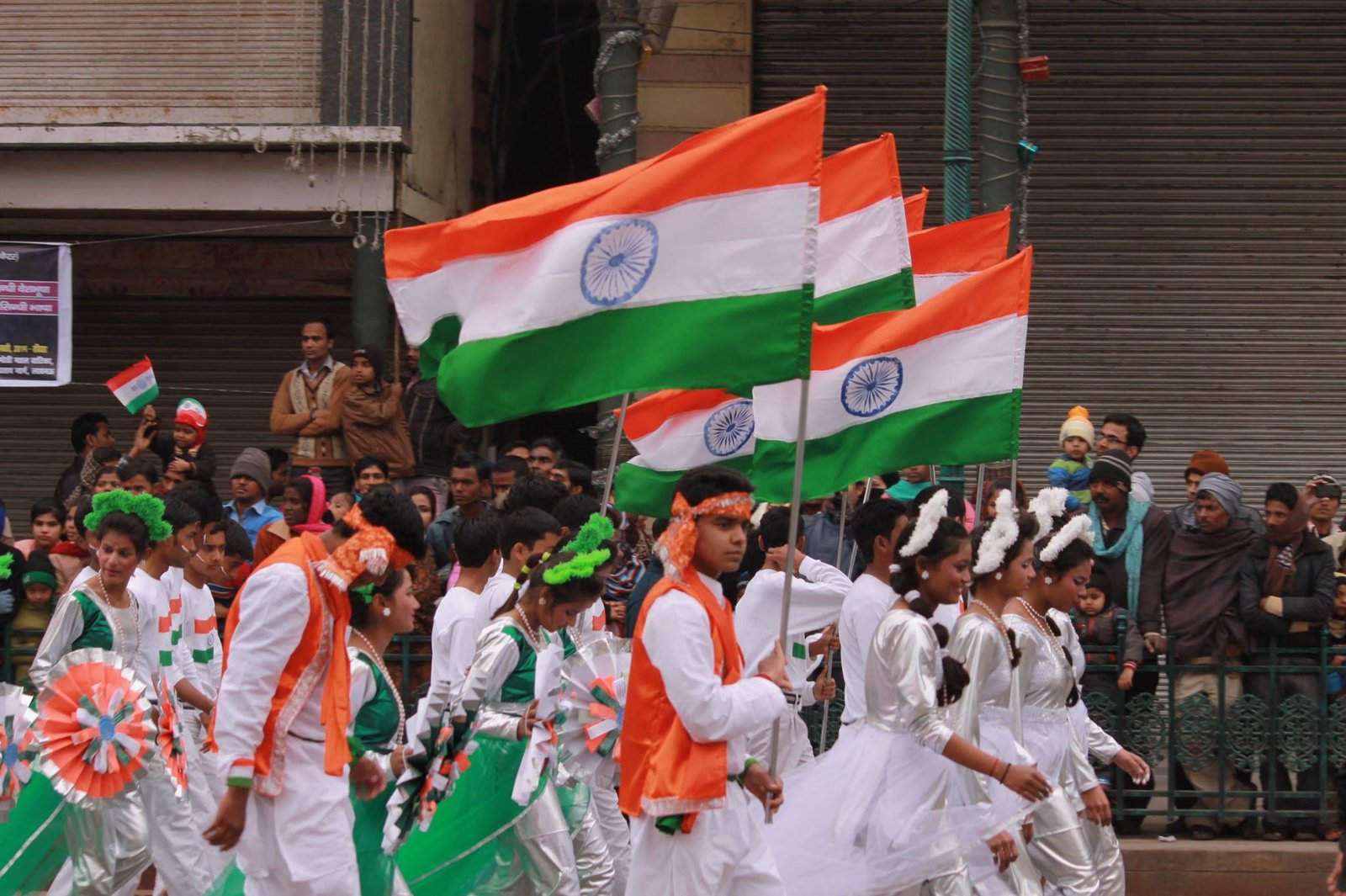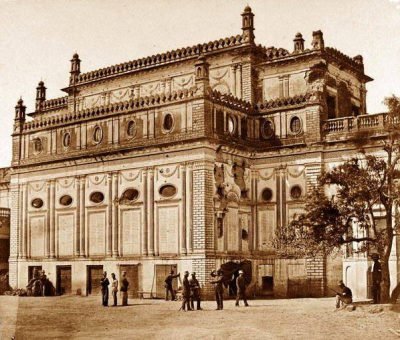
The architecture of Lucknow city has won world-wide recognition and fame for the city. The place is rich in cultural and architectural heritage so much so that it has become an intrinsic part of the city and its people. The regal charm of Lucknow is fuelled by the royal construction and architecture that gives the city the title of city of Nawabs. Lucknow, a city that has been an architectural marvel since centuries, is home to some of the most majestic and lavish Kothis. The place continues to enjoy the attention and adulation for its splendid Kothis till now. These Kothi have been a part of the long-standing, rich cultural and architectural history of Lucknow and continue to fascinate people their grandiose designs. The beauty of the structural designs of the Kothis, the artistic engravings, the intelligent construction and in short every aspect is a real treat for the eyes to admire. Let us try to recreate the dreams that went into the construction of the various splendid Kothi of Lucknow.
Tare Wali Kothi
The name says it all; the Tare Wali Kothi was built as a Royal Observatory and continues to stand out like a beautiful star. In the year 1831, king Naseer-ud-Din Haider proposed to get an observatory built for the dual purpose of watching the heavenly bodies and also acting as a centre for learning of astronomy and general physics for the courtiers.
The Royal Observatory was planned on the same lines as the Greenwich Observatory of England.The construction began in the year 1832, but unfortunately, the king could not see the finished Royal Observatory owing to his demise in the year 1837. The construction of the Tare wali Kothi was completed by the end of the year 1841 with a total expenditure of Rs. 19 Lakhs.
The kothi is built on an elevated ground and is a two-storeyed construction. The structure is massive with two big halls and basements. For the observation, a small circular room was built on the top having a semi-circular dome. It had mobile shutters that were operated to cover or open the opening for observing the stars or other heavenly bodies through it. The dome could be moved in the desired position with the help of a pulley and wheel. The observatory is said to have had four telescopes, with the main one being installed on a high pillar that was 20 meters high from the ground. It also boasted of magnetometers, barometers, thermometers, static power galvanic equipment, and lodestones.
The Royal Observatory also has historical significance in the freedom struggle against Britons. According to the historians, the Raja and the Taluqedar of Awadh signed a declaration to declare war against the British on 2nd November 1857. They also expressed their support for Begum Hazrat Mahal and Prince Birjis Qadr, who was the guardian of the throne at that time, in the absence of the King Amjad Ali Shah. The British had banished the King in Calcutta after they unlawfully annexed Awadh in the year 1856. The kothi became a part of the freedom struggle and was unfortunately subjected to massive destruction on account of the invasion by the Britons in the year 1858.The Royal Observatory is known for the publication of the Lucknow Almanac as well as translations of various journals and English books on astronomy.
Today fortunately, the Tare wali Kothi still shines in its good state, as now it houses a part of the State Bank of India’s Head Office. The kothi stands tall with all its beauty intact and continues to add beauty to the city’s landscape.
Kothi Darshan Vilas
The architectural heritage of Lucknow boasts of another beautiful Kothi in the likes of Kothi Darshan Vilas situated in Kaiserbagh. The construction of the Kothi began during the reign of Nawab Ghazi-ud-Din Haider and completed during the rule of Nawab Nasir-ud-Din Haider in the year 1837.
The kothi was a part of the Choti Chattar Manzil Palace but now it is only the Kothi that continues to be a part of Lucknow’s lineage as the Choti Chattar Manzil, unfortunately does not exist now. The structure is beautiful and unique as it has four different architectural styles of the other Kothis of Lucknow on each of its side. The three sides of the Kothi incorporate the architecture of Kothi Farhat Baksh, Dilkusha Palace and Musa Bagh whereas the fourth side is the combination of the structural designs of all these kothis. This exclusive characteristic of the construction has got the Kothi the name as “House of four Faces” or Chaurukhi Kothi.
It is said that the Kothi served as the residence of the Begums of the Nawab. During those times the Kothi was renownedas the Palace of Qudsiya Mahal, named after the wife of the Nawab Nasir-ud-Din Haider. During the rule of the Britons, the Kothi was used as the residence of Engineers and now houses the Medical Health Directorate of Uttar Pradesh Government. The once splendid Kothi with unique architecture now stands in a dilapidated state and needs immediate attention for saving it from further damage. The Kothi has been a part of the city’s architectural lineage and must be restored for the future generations to be able to witness this marvel of architectural brilliance.
Bibiyapur Kothi
The beautiful Bibiyapur Kothi, built by the Nawab Asaf-ud-Daula, is located on the right bank of river Gomti. The Kothi is a double storeyed structure made of Lakhauri (type of brick used for construction in olden times) placed with lime and mortar and was coated with a thick paste of lime plaster. The construction is splendid and grand with big halls having high roof ceilings, the serpentine (spiral) staircase (most probably the first of its kind in India), wooden beams, and rafters. The Kothi has the striking French influence in the form of the blue coloured tiles that were brought from France. NawabAsaf-ud-Daula is said to have used the Kothi as a country residence and a place for hunting. The Kothi also served as the venue of various celebrations and feasts that were hosted by the Nawabs for their British guests.
Bibiyapur kothi is also known as the place where the Nawab Saadat Ali Khan was crowned as the king by the British, after the demise of Nawab Asaf-ud-Daula. During the British rule, the Kothi witnessed various lavish celebrations mostly by the British Army officials.
The regal Kothi that once used to be the venue of grand revelries is now not in a good state and is under the protection of the Archaeological Survey of India.
Kothi Hayat Baksh
Kothi Hayat Baksh is a living masterpiece of the artistic and creative architecture in Lucknow. The construction is 200 years old but continues to be a pleasure for the watchers. Major General Claude Martin, who was a major contributor of the splendid and magnificent architecture in Lucknow, was also entrusted with the charge of the construction of the Kothi Hayat Baksh.
The then Nawab of Awadh, Nawab Saadat Ali Khan, was fascinated by the European architecture. To get buildings constructed in the same style, he gave the contract to Major General Claude Martin and Kothi Hayat Baksh is one of the grand structures constructed by him in Lucknow.
The building is located on the eastern part of the city. The structure is two-storeyed with high roofed verandas and has very little influence of the Indian styled architecture. The Indian structural design can be seen only in the Raj Darbar that has hints of Indian architecture and art. The Dewankhanas have arches that are adorned beautifully with designs of flower in golden colour.
Kothi Hayat Baksh, though, was constructed on the wish of the Nawab Saadat Ali Khan, but it was not used by the Nawab. The splendid Kothi became the residence of the Major General Claude Martin who kept his armoury there for safety along with his security guards.
The Kothi had been an important place during the British rule. It has served as the residence of various British officials. Colonel English, who was the Commander of the forces, resided in this Kothi and it became a part of the cantonment area. The Kothi also became the dwelling for Major Johnshore Bank, who was the Chief Commissioner of the Awadh.
In fact the Kothi then came to be known as the “Bank Kothi” along with the road from the western gate of the Kothi to Kaiserbagh being called as the “Bank Road”. The Kothi was subjected to an attack by the freedom fighters during the 1857 mutiny in Lucknow, but did not suffer much damage. Under the leadership of Brigadier Russell, the Kothi served as the Headquarters for the British Army.
After the annexation of the Awadh, the British Government contributed more structure to the Kothi. During the year 1873, Sir George Cooper got lush beautiful lawns, fountains and rooms added to the structure. The building also got a ballroom in the year 1907 for which a part of the Kothi was demolished. The ballroom was very beautiful and was known for its dance floor. The ballroom now serves as the dining hall in the Raj Bhavan. A bathroom was also added to the construction during that time. The Kothi became the abode of the families of the British officials during the end of the 19th century.
Before Independence the Kothi was declared as the Government House that was the official dwelling of the Governor of the United Provinces of Agra and Oudh. The British Governors used the Kothi as their residence before Independence. After Independence, it became the residence of the Indian Governors and the Kothi came to be known as the Raj Bhavan of Lucknow. The first Governor of Uttar Pradesh, who resided in the kothi after it was renamed the Raj Bhavan was Sarojini Naidu. Sadly, she breathed her last in the Kothi or Raj Bhavan after a heart attack in April 1948.
The present day Kothi that is the Raj Bhavan, is a beautiful structure. The Kothi however has been subject to changes as new construction is done for keeping it in a good state. During the tenure of the Governor, Kanhaiya Lal Manik Lal Munshi, the “Gupta Kaksh” was built in the Raj Bhavan. There are residential colonies also inside the precincts of the Raj Bhavan. The structure now has statues of the sacred rivers of Ganga, Jamuna and Saraswati along with a pair of leaping fish. The lush green garden has tall trees and an umbrella made of marble along with beautiful fountains. The entrance of the Raj Bhavan is adorned by a fountain that has the State Government Seal made on it. The splendid Raj Bhavan also has one of the spears from the weapons of “Sultana Daku” on display that were seized by the British army.
Today the lavish rooms of the Raj Bhavan carry unique and beautiful names such as Banquet hall named as “Annapurna”, the waiting room for guests as “Shatdal”, Blue Room, the V.I.P. waiting room as “Neelkusum”, the conference room as “Pragyakaksh”, other guest rooms as “Kadam, Kishunk and Kachnar” among others. The Raj Bhavan is a beautiful characteristic of the imperial and majestic architecture that has made a name for Lucknow all over the world.
Kothi Roshan-ud-Daula
The grandiose structure is a sheer magnificence to look at. Built around 150 years ago, the kothi got constructed by the Chief Minister or Wazir, of the Nawab Naseer-ud-Din Haider. The Chief Minister, Mohammad Hussain Khan, also known by his title of Roshan-ud-Daula, got the Kothi built as his residence.
The Kothi though got built by a Wazir of the Nawab, but the grandeur and magnificence of the Kothi was no less than the Kothis of the kings and the Nawabs. The kothi was built on the Indo- French styled architecture that made the structure unique and exquisite. The Kothi is replete with beautiful and creative structure comprising of artistic minarets and columns, beautiful arches splendid and beautifully done art galleries and rooms. In fact, everything about the royal structure is attractive.
The Kothi was confiscated when Roshan-ud-Daulah was charged with misappropriation of funds and was ordered to leave the state, besides being fined with the amount of Rs. 20 Lakhs along with imprisonment. All this happened under the reign of Nawab Naseer-ud-Daulah, who was crowned the king after the death of the Nawab Naseer-ud-Din Haider. Somehow, Roshan-Ud-Daulah is said to have managed to get the jail term waived with the help of his British supporters and went to Kanpur.
The Kothi, Roshan-ud-Daulah, was a marvel that mesmerized the last Nawab of the Awadh, Nawab Wajid Ali Shah. His liking for the Kothi made him make the kothi the residence of his beloved Begum (Queen), Mashooq Mahal. Nawab Wajid Ali Shah gave another name to the Kothi as “Qaise Pasand”. The Kothi also served as the District Court during the British rule and came to be known as Roshan-ud-Daulah Kutchehry. The kothi now houses the District Election Office and the State Archaeology Directorate.
Kothi Farhat Bakhsh
One of the most grand and famous structures of Lucknow, Kothi Farhat Bakhsh, now known as the Chattar Manzil, is a living masterpiece of the artistic architecture of the olden times. Built by General Claude Martin, the Kothi was completed in the year 1781. It was called as the “Town house” by Claude Martin in which he breathed his last in 1800.The multi- storeyed structure is unique in its design as it had two storeys which were below the ground level. These levels were visible only when the river was at its lowest and used to be flooded completely during monsoons.
After the death of General Claude Martin, the Kothi was brought in an auction by Joseph Queiros for Rs. 40, 000. The then Nawab of Awadh, Nawab Saadat Ali Khan, stayed at the kothi when he was ill. After recuperating, he insisted on purchasing the Kothi. He brought the Kothi for Rs.50,000 and rechristened it as “Kothi Farhat Bakhsh”. The Kothi then continued to serve as the dwelling of the Nawabs till the last Nawab of Awadh, Nawab Wajid Ali Shah.
The present day Chattar Manzil is the modified structure owing to the construction added to it. After Independence the Koth iFarhat Bakhsh and the Chattar Manzil came under the supervision of the Council of Scientific and Industrial Research (CSIR) and housed the Central Drug Research Institute (CDRI). But the CDRI has now vacated the premises and moved to a new location on Sitapur Road.
Kothi Dilkusha or Dilkusha Palace
The beauty and grandeur of the Dilkusha Kothi or Palace is fascinating to the eyes, adding beauty to the landscape. Dilkusha palace was constructed for the Nawab Saadat Ali Khan in the year 1805. The kothi was built on the lines of European architecture with its design being proposed by Gore Ouseley. The beauty of the kothi was enhanced by beautiful surroundings as well, which included the woods and a river.
The Kothi was used as a hunting place by the Nawabs because of the forests around and also as a venue for outings for the Begums and the females of the royal families. It is said that the structural design of the Dilkusha Kothi resembles the style of Seaton Delaval Hall in Northumberland in England. Dilkusha Kothi, however, is now not in a good state and needs restoration. The place is not very much visited and calls for more publicity so that both Lucknowites and visitors get to see and know more about the beautiful Dilkusha Kothi.
Kothi Noor Bakhsh
The name of the Kothi indicates the gleam (Noor), the Kothi still has. The resplendent and grand kothi lies in Hazratganj, making the landscape all the more charming. Mostly, it is believed that the Kothi was built by the sixth Nawab of the Awadh, Nawab Saadat Ali Khan as a Maktab (school) for his grandson Rafi-ush-Shaan (Son of Mohammad Ali Shah, also known as Naseer-ud-Daulah). It is also said that the Kothi was occupied by Sadik Ali khan, son of the Nawab Saadat Ali Khan.
Another belief attached to its construction is that of it being built by the Nawab Ghazi-ud-din Haider, who was the son of the King Saadat Ali Khan. Some historians are of the view that the kothi was erected by his Prime Minister, Agha Mir. It is also said that when Nawab Mohammad Ali Shah divided his property amongst his wives and children, he gave the Kothi Noor Bakhsh to his son, Rafi-ush-Shaan who is believed to have stayed in it till the year 1857. The beautiful Kothi has many such beliefs attached to it but one thing that has been a constant with it, is its grandeur, charm and beauty.
The Noor Bakhsh also finds a place in the history of freedom struggle during the year 1857-58. During the British rule, the kothi served as the dwelling of the Deputy Commissioner. Kothi Noor Bakhsh is now the residence of the District magistrate (DM) along with the site office. Even today, the structure still looks splendid with the beauty of its classy architecture making it look fascinating.
Alambagh Kothi
Amidst the hustle and bustle of the everyday life, there stands a beautiful structure, with signs of neglect evident, in the busy Alambagh area of Lucknow. The construction is the grand Alambagh Kothi that was built by the last Nawab of the Awadh, Nawab Wajid Ali Shah during the years 1847-56. The Nawab got the Kothi constructed for his first wife, Begum Alam Ara who was also known as Khaas Mahal. The kothi is two-storeyed structure made of the Lakhauri (type of bricks used in construction during those days) with big halls and high roof-ceilings, spacious rooms and a big beautiful garden.The Kothi has a massive entrance known as Alambagh Gate, which now serves as an entryway to the Chander Nagar colony in Alambagh. The gate is engraved with beautiful floral and fish designs, though now, it stands in a dilapidated state.
The kothi also has a mention in the freedom struggle with the freedom fighters putting up at the Kothi to wage a war against the Britons. General Havelock succeeded in getting hold of the Kothi and later turned it into a hospital for injured British soldiers. The tomb of General Havelock also exists within the enclosure. The kothi needs attention and restoration to continue being a part of the heritage of Lucknow.
Butler Palace
The magnificent and palatial palace was built in the year 1907 for Sir Harcourt Butler. The beautiful palace was built by the Raja Mohammad Ali Mohammad Khan of Mehmoodabad, who was a close friend of Sir Harcourt Butler. The palace was the dwelling of Sir Harcourt Butler which fascinated him with all its architectural opulence. The structure was impressive spreading over a large area and having three sections. Today, however the structure is not what it was then, owing to negligence and legal disputes. The design of the palace was given by Sardar Hirasingh and the foundation stone was laid by Sir Harcourt Butler himself in the year 1915. The architecture of the palace is on the lines of Rajasthani styled structural designs having umbrella like structures made of marble and is four faceted. Butler palace has a gateway called “Purana Darwaza” that used to look grand but now stands in a bad state. After Independence, the palace was rented to the Indian Institute of Management that ran its Post-Graduate Program in it. After that it housed the library of the Indian Council of Philosophical Research (ICPR) till 2005 and later owing to the Supreme Court order. The palace is not open to visitors.
Kankar Wali Kothi
The Kankar Wali Kothi in Lucknow carries this unique name owing to the walls of the kothi being plastered with “Kankar” or small stones. The splendid kothi was built by the Nawab Saadat Ali Khan. The two-storied Kothi was constructed on the European styled architecture. It served as the residence of the City Magistrate during the British rule till 1904. In the year 1931-32, the place saw demolition and construction of the Chief Post Master’s General Office (CPMG) with a clock tower in the centre. The new construction of the CPMG is still known as the Kankar wali Kothi.
Other Glorious Kothis of Lucknow
Lucknow city has been fortunate enough to be chosen for the construction of majestic kothi and other monuments that have won glory, fame and recognition for the city. Besides the above mentioned kothis, the city boasts of few other grand Kothis that also deserve a mention here. The Tehri Kothi that now houses the Head Quarters of Uttar Pradesh State Transport Corporation, the Ainon wali Kothi which now houses the Hindi Sansthaan, Kothi Zahoor Bakhsh, Enakbaaz Ki Kothi, and Munnawar ki Kothi are all marvels of the artistic and creative architecture of Lucknow.
The architectural heritage of the city of Nawabs is rich and the legacy needs to be maintained in a way that it continues to stay a part of the lineage of Lucknow city for the future generations to see and appreciate. The responsibility lies with the authorities as well as the people to work to restore the architectural relics of the city that are sadly dying a slow and quiet death, enduring the neglect.
It comes under the ambit of the Tehzeeb that Lucknow is known for that we pay respect and attention to the monuments, Kothi, Palaces, and all that unfolds the rich history of the Lucknow city. These buildings of historical significance must be preserved so that the future generations are able to experience the feel of the regal charm native to Lucknow.


